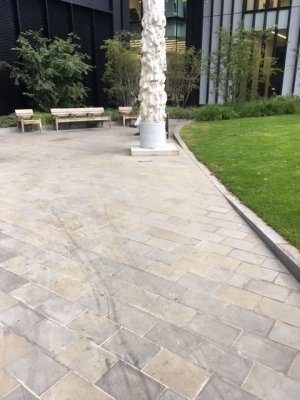Cochise
Priest of the cult of the Dog with the Broken Paw
- Joined
- Jun 17, 2011
- Messages
- 8,474
I’m a bit (very) late to this thread. But wonder what are people favourite idea why he got away with it and why the killings stopped?
Did he die? Wouldn’t it be great if his next intended victim did for him. If I was a prostitute of the time and had to work to survive I’d make sure I was armed with something.
Did he end up in one institution or another. Prison or the loony bin. The asylum idea scares me as my town had three asylums of London’s mentally ill.
Did he have a quota and finished? (Yeah right!)
Was he someone high up and well protected?
I’ve been trying for a while about a story where Jack is a demonic possession and therefor each murder is a different person he’s taken over. Finishing maybe with an exorcism.
My trouble is every time I hear a theory I think ‘yes that could be it’ but then another theory rides into town. I did rather like the from hell explanation.
In my opinion he was never caught due to the lack of evidence.
1) None of the witness reports are certainly of the murderer.
2) There is no common agreement as to which murders were the work of the murderer. Corollary - we don't know how many murderers there were.
3) The crimes pre-date fingerprints, DNA, indeed most forms of forensics.
4) The crimes covered two police areas and they did not collaborate well
5) The investigation became confused by conflicting theories before the murder series had even ended. (Leather Apron, Doctors, City Gents slumming, etc.)
There would probably be other reasons if I thought longer! Unless some new incontrovertible evidence comes to light all the words written about the case only lead to dead ends.
I do find some suspects more interesting than others but in the end its just too frustrating to keep thinking about.
As to why he stopped - well we now know that some serial killers do stop, although I think it unlikely in this case, therefore I assume he became incapacitated in some way. The 'loony bins' have been pretty thoroughly researched without coming up with any really likely candidates Kosminski, David Cohen and Cutbush are possibles but hardly convincing. Certainly nowhere near enough to have actually been prosecuted.
Having gone on at such length my favourite candidates so far raised are William Bury, James Kelly, and as a long shot Francis Thompson.
Last edited:




